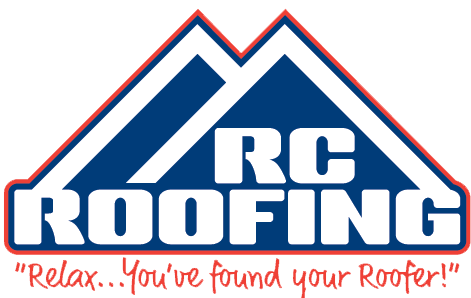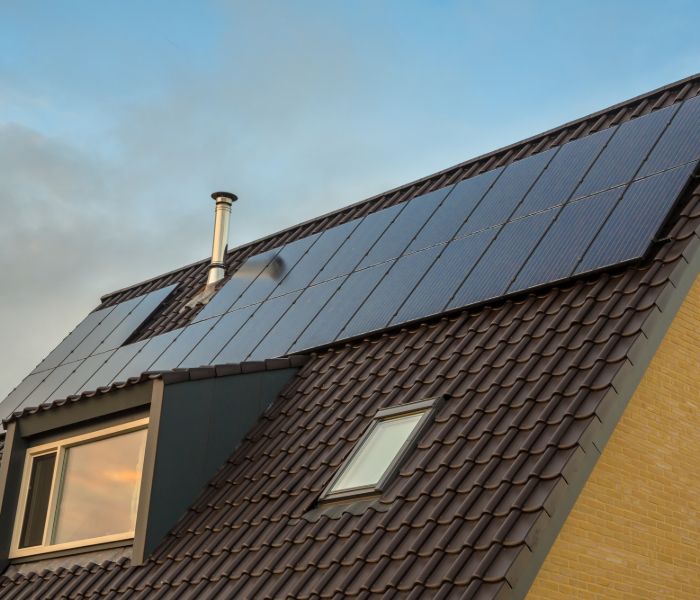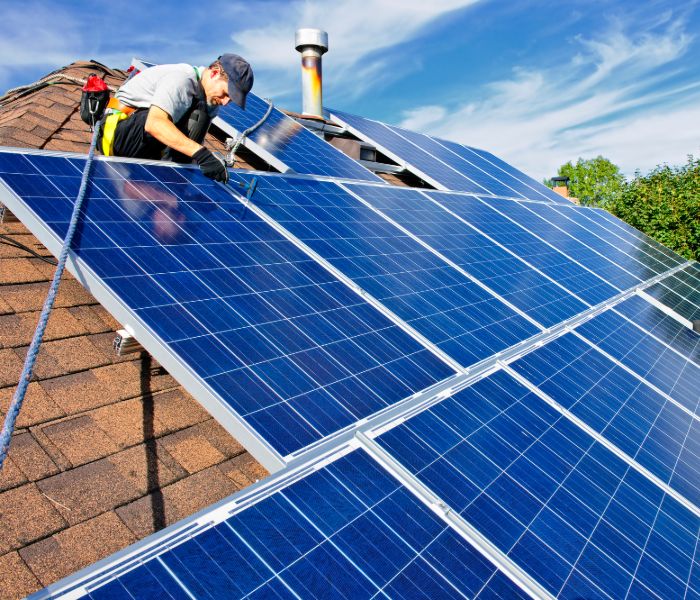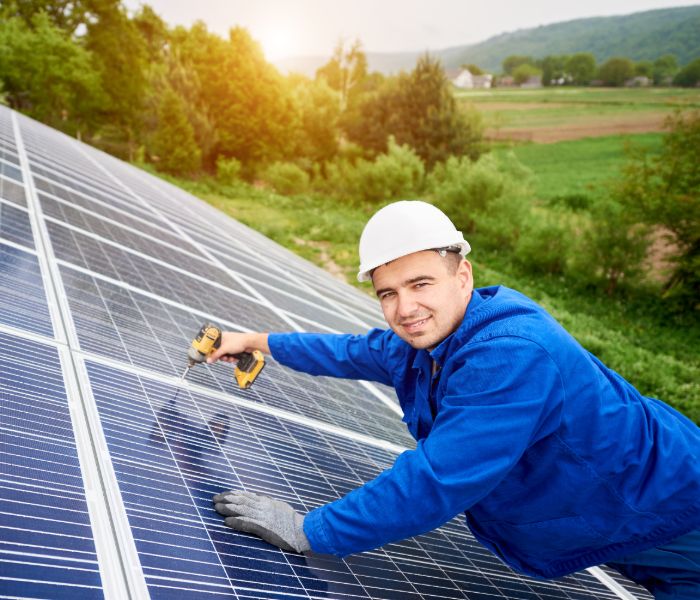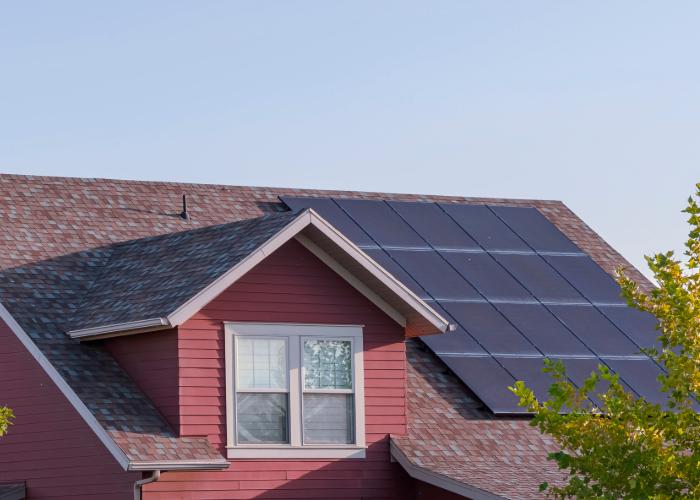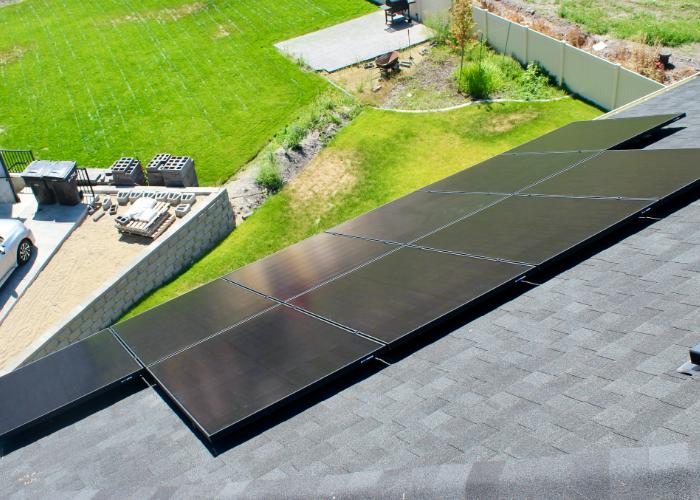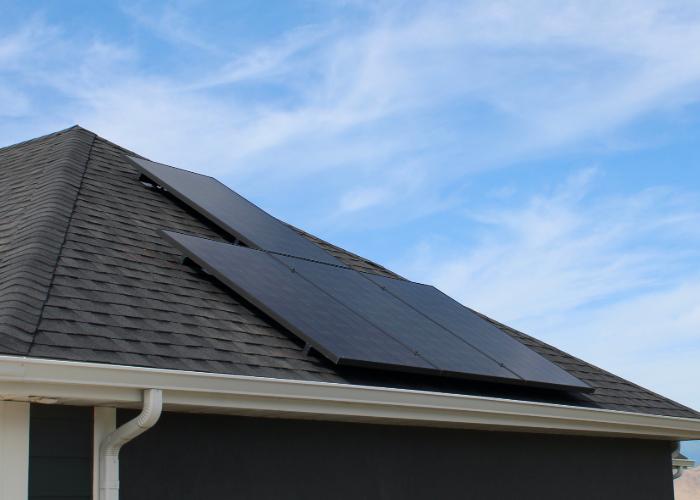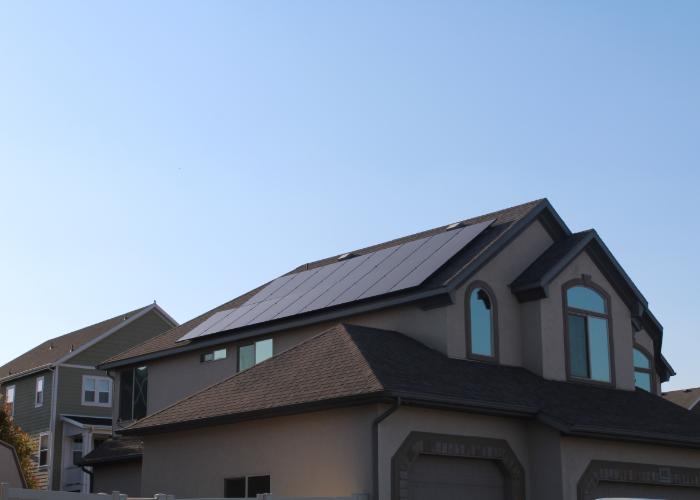Warning: Undefined array key "id" in /home/u209535643/domains/dev.rcroof.com/public_html/wp-content/plugins/oxygen/component-framework/component-init.php on line 2772
Warning: Undefined array key "id" in /home/u209535643/domains/dev.rcroof.com/public_html/wp-content/plugins/oxygen/component-framework/component-init.php on line 2772
Warning: Undefined array key "id" in /home/u209535643/domains/dev.rcroof.com/public_html/wp-content/plugins/oxygen/component-framework/component-init.php on line 2772
Warning: Undefined array key "id" in /home/u209535643/domains/dev.rcroof.com/public_html/wp-content/plugins/oxygen/component-framework/component-init.php on line 2772
Warning: Undefined array key "id" in /home/u209535643/domains/dev.rcroof.com/public_html/wp-content/plugins/oxygen/component-framework/component-init.php on line 2772
Warning: Undefined array key "id" in /home/u209535643/domains/dev.rcroof.com/public_html/wp-content/plugins/oxygen/component-framework/component-init.php on line 2772
Warning: Undefined array key "id" in /home/u209535643/domains/dev.rcroof.com/public_html/wp-content/plugins/oxygen/component-framework/component-init.php on line 2772
Warning: Undefined array key "id" in /home/u209535643/domains/dev.rcroof.com/public_html/wp-content/plugins/oxygen/component-framework/component-init.php on line 2772
Warning: Undefined array key "id" in /home/u209535643/domains/dev.rcroof.com/public_html/wp-content/plugins/oxygen/component-framework/component-init.php on line 2772
Warning: Undefined array key "id" in /home/u209535643/domains/dev.rcroof.com/public_html/wp-content/plugins/oxygen/component-framework/component-init.php on line 2772
Warning: Undefined array key "id" in /home/u209535643/domains/dev.rcroof.com/public_html/wp-content/plugins/oxygen/component-framework/component-init.php on line 2772
Warning: Undefined array key "id" in /home/u209535643/domains/dev.rcroof.com/public_html/wp-content/plugins/oxygen/component-framework/component-init.php on line 2772
Warning: Undefined array key "id" in /home/u209535643/domains/dev.rcroof.com/public_html/wp-content/plugins/oxygen/component-framework/component-init.php on line 2772
Warning: Undefined array key "id" in /home/u209535643/domains/dev.rcroof.com/public_html/wp-content/plugins/oxygen/component-framework/component-init.php on line 2772
Warning: Undefined array key "id" in /home/u209535643/domains/dev.rcroof.com/public_html/wp-content/plugins/oxygen/component-framework/component-init.php on line 2772
Warning: Undefined array key "id" in /home/u209535643/domains/dev.rcroof.com/public_html/wp-content/plugins/oxygen/component-framework/component-init.php on line 2772
Warning: Undefined array key "id" in /home/u209535643/domains/dev.rcroof.com/public_html/wp-content/plugins/oxygen/component-framework/component-init.php on line 2772
Warning: Undefined array key "id" in /home/u209535643/domains/dev.rcroof.com/public_html/wp-content/plugins/oxygen/component-framework/component-init.php on line 2772
Warning: Undefined array key "id" in /home/u209535643/domains/dev.rcroof.com/public_html/wp-content/plugins/oxygen/component-framework/component-init.php on line 2772
Warning: Undefined array key "id" in /home/u209535643/domains/dev.rcroof.com/public_html/wp-content/plugins/oxygen/component-framework/component-init.php on line 2772
Warning: Undefined array key "id" in /home/u209535643/domains/dev.rcroof.com/public_html/wp-content/plugins/oxygen/component-framework/component-init.php on line 2772
Warning: Undefined array key "id" in /home/u209535643/domains/dev.rcroof.com/public_html/wp-content/plugins/oxygen/component-framework/component-init.php on line 2772
Warning: Undefined array key "id" in /home/u209535643/domains/dev.rcroof.com/public_html/wp-content/plugins/oxygen/component-framework/component-init.php on line 2772
Warning: Undefined array key "id" in /home/u209535643/domains/dev.rcroof.com/public_html/wp-content/plugins/oxygen/component-framework/component-init.php on line 2772
Warning: Undefined array key "id" in /home/u209535643/domains/dev.rcroof.com/public_html/wp-content/plugins/oxygen/component-framework/component-init.php on line 2772
Warning: Undefined array key "id" in /home/u209535643/domains/dev.rcroof.com/public_html/wp-content/plugins/oxygen/component-framework/component-init.php on line 2772
Warning: Undefined array key "id" in /home/u209535643/domains/dev.rcroof.com/public_html/wp-content/plugins/oxygen/component-framework/component-init.php on line 2772
Warning: Undefined array key "id" in /home/u209535643/domains/dev.rcroof.com/public_html/wp-content/plugins/oxygen/component-framework/component-init.php on line 2772
Warning: Undefined array key "id" in /home/u209535643/domains/dev.rcroof.com/public_html/wp-content/plugins/oxygen/component-framework/component-init.php on line 2772
Warning: Undefined array key "id" in /home/u209535643/domains/dev.rcroof.com/public_html/wp-content/plugins/oxygen/component-framework/component-init.php on line 2772
Warning: Undefined array key "id" in /home/u209535643/domains/dev.rcroof.com/public_html/wp-content/plugins/oxygen/component-framework/component-init.php on line 2772
Warning: Undefined array key "id" in /home/u209535643/domains/dev.rcroof.com/public_html/wp-content/plugins/oxygen/component-framework/component-init.php on line 2772
Warning: Undefined array key "id" in /home/u209535643/domains/dev.rcroof.com/public_html/wp-content/plugins/oxygen/component-framework/component-init.php on line 2772
Warning: Undefined array key "id" in /home/u209535643/domains/dev.rcroof.com/public_html/wp-content/plugins/oxygen/component-framework/component-init.php on line 2772
Warning: Undefined array key "id" in /home/u209535643/domains/dev.rcroof.com/public_html/wp-content/plugins/oxygen/component-framework/component-init.php on line 2772
Warning: Undefined array key "id" in /home/u209535643/domains/dev.rcroof.com/public_html/wp-content/plugins/oxygen/component-framework/component-init.php on line 2772
Warning: Undefined array key "id" in /home/u209535643/domains/dev.rcroof.com/public_html/wp-content/plugins/oxygen/component-framework/component-init.php on line 2772
Warning: Undefined array key "id" in /home/u209535643/domains/dev.rcroof.com/public_html/wp-content/plugins/oxygen/component-framework/component-init.php on line 2772
Warning: Undefined array key "id" in /home/u209535643/domains/dev.rcroof.com/public_html/wp-content/plugins/oxygen/component-framework/component-init.php on line 2772
Warning: Undefined array key "id" in /home/u209535643/domains/dev.rcroof.com/public_html/wp-content/plugins/oxygen/component-framework/component-init.php on line 2772
Warning: Undefined array key "id" in /home/u209535643/domains/dev.rcroof.com/public_html/wp-content/plugins/oxygen/component-framework/component-init.php on line 2772
Warning: Undefined array key "id" in /home/u209535643/domains/dev.rcroof.com/public_html/wp-content/plugins/oxygen/component-framework/component-init.php on line 2772
Warning: Undefined array key "id" in /home/u209535643/domains/dev.rcroof.com/public_html/wp-content/plugins/oxygen/component-framework/component-init.php on line 2772
Warning: Undefined array key "id" in /home/u209535643/domains/dev.rcroof.com/public_html/wp-content/plugins/oxygen/component-framework/component-init.php on line 2772
Warning: Undefined array key "id" in /home/u209535643/domains/dev.rcroof.com/public_html/wp-content/plugins/oxygen/component-framework/component-init.php on line 2772
Warning: Undefined array key "id" in /home/u209535643/domains/dev.rcroof.com/public_html/wp-content/plugins/oxygen/component-framework/component-init.php on line 2772
Warning: Undefined array key "id" in /home/u209535643/domains/dev.rcroof.com/public_html/wp-content/plugins/oxygen/component-framework/component-init.php on line 2772
Warning: Undefined array key "id" in /home/u209535643/domains/dev.rcroof.com/public_html/wp-content/plugins/oxygen/component-framework/component-init.php on line 2772
Warning: Undefined array key "id" in /home/u209535643/domains/dev.rcroof.com/public_html/wp-content/plugins/oxygen/component-framework/component-init.php on line 2772
Warning: Undefined array key "id" in /home/u209535643/domains/dev.rcroof.com/public_html/wp-content/plugins/oxygen/component-framework/component-init.php on line 2772
Warning: Undefined array key "id" in /home/u209535643/domains/dev.rcroof.com/public_html/wp-content/plugins/oxygen/component-framework/component-init.php on line 2772
Warning: Undefined array key "id" in /home/u209535643/domains/dev.rcroof.com/public_html/wp-content/plugins/oxygen/component-framework/component-init.php on line 2772
Warning: Undefined array key "id" in /home/u209535643/domains/dev.rcroof.com/public_html/wp-content/plugins/oxygen/component-framework/component-init.php on line 2772
Warning: Undefined array key "id" in /home/u209535643/domains/dev.rcroof.com/public_html/wp-content/plugins/oxygen/component-framework/component-init.php on line 2772
Warning: Undefined array key "id" in /home/u209535643/domains/dev.rcroof.com/public_html/wp-content/plugins/oxygen/component-framework/component-init.php on line 2772
Warning: Undefined array key "id" in /home/u209535643/domains/dev.rcroof.com/public_html/wp-content/plugins/oxygen/component-framework/component-init.php on line 2772
Warning: Undefined array key "id" in /home/u209535643/domains/dev.rcroof.com/public_html/wp-content/plugins/oxygen/component-framework/component-init.php on line 2772
Warning: Undefined array key "id" in /home/u209535643/domains/dev.rcroof.com/public_html/wp-content/plugins/oxygen/component-framework/component-init.php on line 2772
Warning: Undefined array key "id" in /home/u209535643/domains/dev.rcroof.com/public_html/wp-content/plugins/oxygen/component-framework/component-init.php on line 2772
Warning: Undefined array key "id" in /home/u209535643/domains/dev.rcroof.com/public_html/wp-content/plugins/oxygen/component-framework/component-init.php on line 2772
Warning: Undefined array key "id" in /home/u209535643/domains/dev.rcroof.com/public_html/wp-content/plugins/oxygen/component-framework/component-init.php on line 2772
Warning: Undefined array key "id" in /home/u209535643/domains/dev.rcroof.com/public_html/wp-content/plugins/oxygen/component-framework/component-init.php on line 2772
Warning: Undefined array key "id" in /home/u209535643/domains/dev.rcroof.com/public_html/wp-content/plugins/oxygen/component-framework/component-init.php on line 2772
Warning: Undefined array key "id" in /home/u209535643/domains/dev.rcroof.com/public_html/wp-content/plugins/oxygen/component-framework/component-init.php on line 2772
Warning: Undefined array key "id" in /home/u209535643/domains/dev.rcroof.com/public_html/wp-content/plugins/oxygen/component-framework/component-init.php on line 2772
Warning: Undefined array key "id" in /home/u209535643/domains/dev.rcroof.com/public_html/wp-content/plugins/oxygen/component-framework/component-init.php on line 2772
Warning: Undefined array key "id" in /home/u209535643/domains/dev.rcroof.com/public_html/wp-content/plugins/oxygen/component-framework/component-init.php on line 2772
Warning: Undefined array key "id" in /home/u209535643/domains/dev.rcroof.com/public_html/wp-content/plugins/oxygen/component-framework/component-init.php on line 2772
Warning: Undefined array key "id" in /home/u209535643/domains/dev.rcroof.com/public_html/wp-content/plugins/oxygen/component-framework/component-init.php on line 2772
Warning: Undefined array key "id" in /home/u209535643/domains/dev.rcroof.com/public_html/wp-content/plugins/oxygen/component-framework/component-init.php on line 2772
Warning: Undefined array key "id" in /home/u209535643/domains/dev.rcroof.com/public_html/wp-content/plugins/oxygen/component-framework/component-init.php on line 2772
Warning: Undefined array key "id" in /home/u209535643/domains/dev.rcroof.com/public_html/wp-content/plugins/oxygen/component-framework/component-init.php on line 2772
Warning: Undefined array key "id" in /home/u209535643/domains/dev.rcroof.com/public_html/wp-content/plugins/oxygen/component-framework/component-init.php on line 2772
Warning: Undefined array key "id" in /home/u209535643/domains/dev.rcroof.com/public_html/wp-content/plugins/oxygen/component-framework/component-init.php on line 2772
Warning: Undefined array key "id" in /home/u209535643/domains/dev.rcroof.com/public_html/wp-content/plugins/oxygen/component-framework/component-init.php on line 2772
Warning: Undefined array key "id" in /home/u209535643/domains/dev.rcroof.com/public_html/wp-content/plugins/oxygen/component-framework/component-init.php on line 2772
Warning: Undefined array key "id" in /home/u209535643/domains/dev.rcroof.com/public_html/wp-content/plugins/oxygen/component-framework/component-init.php on line 2772
Warning: Undefined array key "id" in /home/u209535643/domains/dev.rcroof.com/public_html/wp-content/plugins/oxygen/component-framework/component-init.php on line 2772
Warning: Undefined array key "id" in /home/u209535643/domains/dev.rcroof.com/public_html/wp-content/plugins/oxygen/component-framework/component-init.php on line 2772
Warning: Undefined array key "id" in /home/u209535643/domains/dev.rcroof.com/public_html/wp-content/plugins/oxygen/component-framework/component-init.php on line 2772
Warning: Undefined array key "id" in /home/u209535643/domains/dev.rcroof.com/public_html/wp-content/plugins/oxygen/component-framework/component-init.php on line 2772
Warning: Undefined array key "id" in /home/u209535643/domains/dev.rcroof.com/public_html/wp-content/plugins/oxygen/component-framework/component-init.php on line 2772
Warning: Undefined array key "id" in /home/u209535643/domains/dev.rcroof.com/public_html/wp-content/plugins/oxygen/component-framework/component-init.php on line 2772
Warning: Undefined array key "id" in /home/u209535643/domains/dev.rcroof.com/public_html/wp-content/plugins/oxygen/component-framework/component-init.php on line 2772
Warning: Undefined array key "id" in /home/u209535643/domains/dev.rcroof.com/public_html/wp-content/plugins/oxygen/component-framework/component-init.php on line 2772
Warning: Undefined array key "id" in /home/u209535643/domains/dev.rcroof.com/public_html/wp-content/plugins/oxygen/component-framework/component-init.php on line 2772
Warning: Undefined array key "id" in /home/u209535643/domains/dev.rcroof.com/public_html/wp-content/plugins/oxygen/component-framework/component-init.php on line 2772
Warning: Undefined array key "id" in /home/u209535643/domains/dev.rcroof.com/public_html/wp-content/plugins/oxygen/component-framework/component-init.php on line 2772
Warning: Undefined array key "id" in /home/u209535643/domains/dev.rcroof.com/public_html/wp-content/plugins/oxygen/component-framework/component-init.php on line 2772
Warning: Undefined array key "id" in /home/u209535643/domains/dev.rcroof.com/public_html/wp-content/plugins/oxygen/component-framework/component-init.php on line 2772
Warning: Undefined array key "id" in /home/u209535643/domains/dev.rcroof.com/public_html/wp-content/plugins/oxygen/component-framework/component-init.php on line 2772
Warning: Undefined array key "id" in /home/u209535643/domains/dev.rcroof.com/public_html/wp-content/plugins/oxygen/component-framework/component-init.php on line 2772
Warning: Undefined array key "id" in /home/u209535643/domains/dev.rcroof.com/public_html/wp-content/plugins/oxygen/component-framework/component-init.php on line 2772
Warning: Undefined array key "id" in /home/u209535643/domains/dev.rcroof.com/public_html/wp-content/plugins/oxygen/component-framework/component-init.php on line 2772
Warning: Undefined array key "id" in /home/u209535643/domains/dev.rcroof.com/public_html/wp-content/plugins/oxygen/component-framework/component-init.php on line 2772
Warning: Undefined array key "id" in /home/u209535643/domains/dev.rcroof.com/public_html/wp-content/plugins/oxygen/component-framework/component-init.php on line 2772
Warning: Undefined array key "id" in /home/u209535643/domains/dev.rcroof.com/public_html/wp-content/plugins/oxygen/component-framework/component-init.php on line 2772
Warning: Undefined array key "id" in /home/u209535643/domains/dev.rcroof.com/public_html/wp-content/plugins/oxygen/component-framework/component-init.php on line 2772
Warning: Undefined array key "id" in /home/u209535643/domains/dev.rcroof.com/public_html/wp-content/plugins/oxygen/component-framework/component-init.php on line 2772
Warning: Undefined array key "id" in /home/u209535643/domains/dev.rcroof.com/public_html/wp-content/plugins/oxygen/component-framework/component-init.php on line 2772
Warning: Undefined array key "id" in /home/u209535643/domains/dev.rcroof.com/public_html/wp-content/plugins/oxygen/component-framework/component-init.php on line 2772
Warning: Undefined array key "id" in /home/u209535643/domains/dev.rcroof.com/public_html/wp-content/plugins/oxygen/component-framework/component-init.php on line 2772
Warning: Undefined array key "id" in /home/u209535643/domains/dev.rcroof.com/public_html/wp-content/plugins/oxygen/component-framework/component-init.php on line 2772
Warning: Undefined array key "id" in /home/u209535643/domains/dev.rcroof.com/public_html/wp-content/plugins/oxygen/component-framework/component-init.php on line 2772
Warning: Undefined array key "id" in /home/u209535643/domains/dev.rcroof.com/public_html/wp-content/plugins/oxygen/component-framework/component-init.php on line 2772
Warning: Undefined array key "id" in /home/u209535643/domains/dev.rcroof.com/public_html/wp-content/plugins/oxygen/component-framework/component-init.php on line 2772
Warning: Undefined array key "id" in /home/u209535643/domains/dev.rcroof.com/public_html/wp-content/plugins/oxygen/component-framework/component-init.php on line 2772
Warning: Undefined array key "id" in /home/u209535643/domains/dev.rcroof.com/public_html/wp-content/plugins/oxygen/component-framework/component-init.php on line 2772
Warning: Undefined array key "id" in /home/u209535643/domains/dev.rcroof.com/public_html/wp-content/plugins/oxygen/component-framework/component-init.php on line 2772
Warning: Undefined array key "id" in /home/u209535643/domains/dev.rcroof.com/public_html/wp-content/plugins/oxygen/component-framework/component-init.php on line 2772
Warning: Undefined array key "id" in /home/u209535643/domains/dev.rcroof.com/public_html/wp-content/plugins/oxygen/component-framework/component-init.php on line 2772
Warning: Undefined array key "id" in /home/u209535643/domains/dev.rcroof.com/public_html/wp-content/plugins/oxygen/component-framework/component-init.php on line 2772
Warning: Undefined array key "id" in /home/u209535643/domains/dev.rcroof.com/public_html/wp-content/plugins/oxygen/component-framework/component-init.php on line 2772
Warning: Undefined array key "id" in /home/u209535643/domains/dev.rcroof.com/public_html/wp-content/plugins/oxygen/component-framework/component-init.php on line 2772
Warning: Undefined array key "id" in /home/u209535643/domains/dev.rcroof.com/public_html/wp-content/plugins/oxygen/component-framework/component-init.php on line 2772
Warning: Undefined array key "id" in /home/u209535643/domains/dev.rcroof.com/public_html/wp-content/plugins/oxygen/component-framework/component-init.php on line 2772
Warning: Undefined array key "id" in /home/u209535643/domains/dev.rcroof.com/public_html/wp-content/plugins/oxygen/component-framework/component-init.php on line 2772
Warning: Undefined array key "id" in /home/u209535643/domains/dev.rcroof.com/public_html/wp-content/plugins/oxygen/component-framework/component-init.php on line 2772
Warning: Undefined array key "id" in /home/u209535643/domains/dev.rcroof.com/public_html/wp-content/plugins/oxygen/component-framework/component-init.php on line 2772
Warning: Undefined array key "id" in /home/u209535643/domains/dev.rcroof.com/public_html/wp-content/plugins/oxygen/component-framework/component-init.php on line 2772
Warning: Undefined array key "id" in /home/u209535643/domains/dev.rcroof.com/public_html/wp-content/plugins/oxygen/component-framework/component-init.php on line 2772
Warning: Undefined array key "id" in /home/u209535643/domains/dev.rcroof.com/public_html/wp-content/plugins/oxygen/component-framework/component-init.php on line 2772
Warning: Undefined array key "id" in /home/u209535643/domains/dev.rcroof.com/public_html/wp-content/plugins/oxygen/component-framework/component-init.php on line 2772
Warning: Undefined array key "id" in /home/u209535643/domains/dev.rcroof.com/public_html/wp-content/plugins/oxygen/component-framework/component-init.php on line 2772
Warning: Undefined array key "id" in /home/u209535643/domains/dev.rcroof.com/public_html/wp-content/plugins/oxygen/component-framework/component-init.php on line 2772
Warning: Undefined array key "id" in /home/u209535643/domains/dev.rcroof.com/public_html/wp-content/plugins/oxygen/component-framework/component-init.php on line 2772
Warning: Undefined array key "id" in /home/u209535643/domains/dev.rcroof.com/public_html/wp-content/plugins/oxygen/component-framework/component-init.php on line 2772
Warning: Undefined array key "id" in /home/u209535643/domains/dev.rcroof.com/public_html/wp-content/plugins/oxygen/component-framework/component-init.php on line 2772
Warning: Undefined array key "id" in /home/u209535643/domains/dev.rcroof.com/public_html/wp-content/plugins/oxygen/component-framework/component-init.php on line 2772
Warning: Undefined array key "id" in /home/u209535643/domains/dev.rcroof.com/public_html/wp-content/plugins/oxygen/component-framework/component-init.php on line 2772
Warning: Undefined array key "id" in /home/u209535643/domains/dev.rcroof.com/public_html/wp-content/plugins/oxygen/component-framework/component-init.php on line 2772
Warning: Undefined array key "id" in /home/u209535643/domains/dev.rcroof.com/public_html/wp-content/plugins/oxygen/component-framework/component-init.php on line 2772
Warning: Undefined array key "id" in /home/u209535643/domains/dev.rcroof.com/public_html/wp-content/plugins/oxygen/component-framework/component-init.php on line 2772
Warning: Undefined array key "id" in /home/u209535643/domains/dev.rcroof.com/public_html/wp-content/plugins/oxygen/component-framework/component-init.php on line 2772
Warning: Undefined array key "id" in /home/u209535643/domains/dev.rcroof.com/public_html/wp-content/plugins/oxygen/component-framework/component-init.php on line 2772
Warning: Undefined array key "id" in /home/u209535643/domains/dev.rcroof.com/public_html/wp-content/plugins/oxygen/component-framework/component-init.php on line 2772
Warning: Undefined array key "id" in /home/u209535643/domains/dev.rcroof.com/public_html/wp-content/plugins/oxygen/component-framework/component-init.php on line 2772
Warning: Undefined array key "id" in /home/u209535643/domains/dev.rcroof.com/public_html/wp-content/plugins/oxygen/component-framework/component-init.php on line 2772
Warning: Undefined array key "id" in /home/u209535643/domains/dev.rcroof.com/public_html/wp-content/plugins/oxygen/component-framework/component-init.php on line 2772
Warning: Undefined array key "id" in /home/u209535643/domains/dev.rcroof.com/public_html/wp-content/plugins/oxygen/component-framework/component-init.php on line 2772
Warning: Undefined array key "id" in /home/u209535643/domains/dev.rcroof.com/public_html/wp-content/plugins/oxygen/component-framework/component-init.php on line 2772
Warning: Undefined array key "id" in /home/u209535643/domains/dev.rcroof.com/public_html/wp-content/plugins/oxygen/component-framework/component-init.php on line 2772
Warning: Undefined array key "id" in /home/u209535643/domains/dev.rcroof.com/public_html/wp-content/plugins/oxygen/component-framework/component-init.php on line 2772
